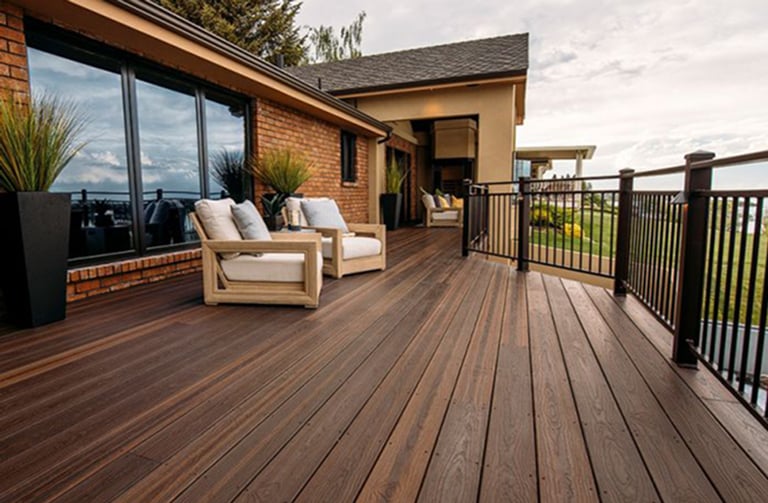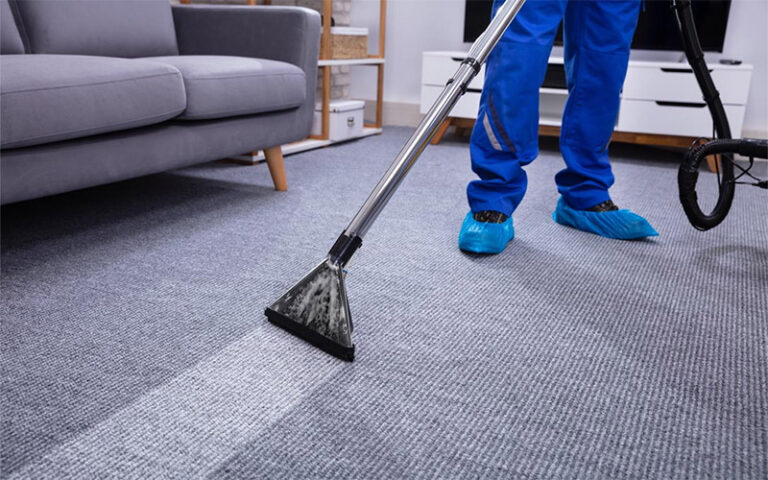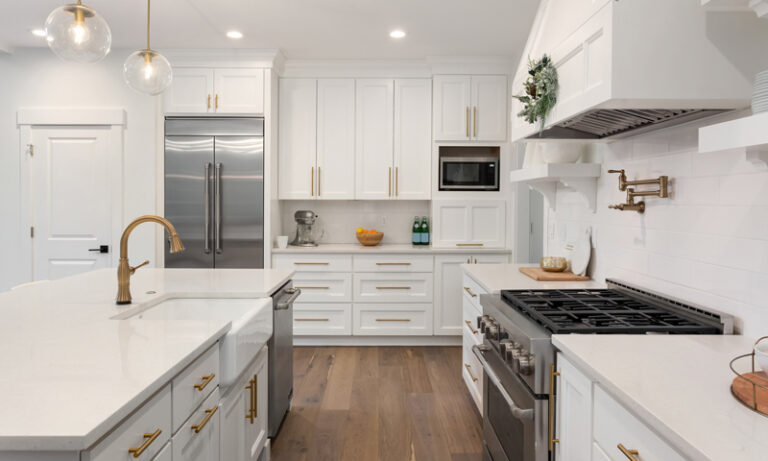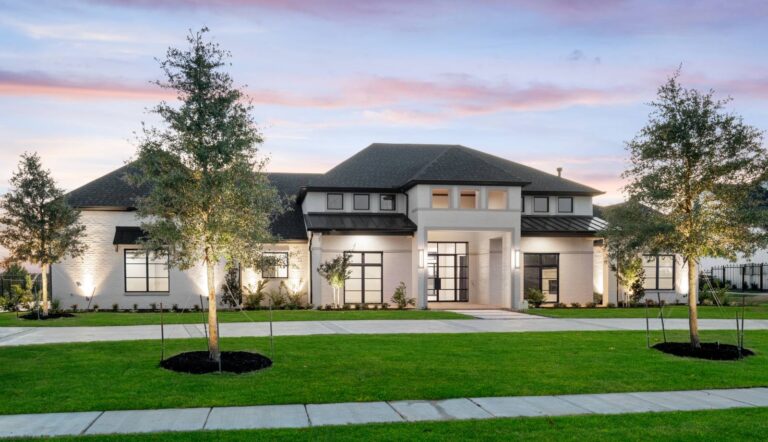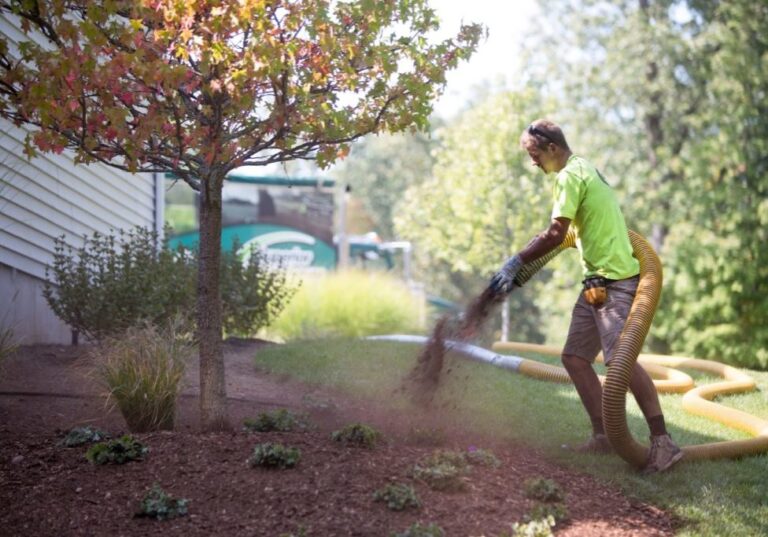There are many different options available for decking materials, each with a unique combination of benefits and drawbacks. WPC decking, which stands for Wood Plastic Composite decking, is one option that is becoming more and more popular. This material is made from a combination of wood fibers and plastic, which creates a durable and weather-resistant product. In this article, we’ll take a closer look at the benefits and drawbacks of WPC decking.
Benefits of WPC Decking
- Durability: The longevity of WPC decking is one of its main benefits. This substance is made to survive inclement weather like rain, snow, and sun. WPC decking retains its structural integrity for many years, in contrast to traditional wood decking, which can rot, warp, or splinter over time.
- Low Maintenance: When compared to other materials, WPC decking requires very little maintenance. WPC decking may be cleaned with a straightforward soap and water solution, unlike wood decking, which requires staining or sealing every few years. This makes it the perfect option for time-pressed homeowners who lack the motivation or resources to consistently maintain their decks.

- Environmentally Friendly: WPC decking is an environmentally beneficial option because it is created from recycled materials. WPC decking reduces waste and the need for new materials by utilizing recycled materials. WPC decking has an additional advantage over conventional wood decking in that it emits fewer pollutants during manufacture.
- Versatility: WPC decking comes in a variety of colors and styles, which makes it a versatile choice for any homeowner. Whether you’re looking for a natural wood look or a more modern aesthetic, there’s a WPC decking option to suit your needs.
Drawbacks of WPC Decking
- Cost: WPC decking typically costs more than conventional wood decking. Even though it might eventually require less upkeep, some homeowners may find the initial cost to be prohibitive.
- Slipperiness: When wet, WPC decking can be particularly slick. This can be a safety risk, particularly for households with small children or senior citizens.
- Heat Retention: Because WPC decking is made from a combination of wood and plastic, it can retain heat more than traditional wood decking. This can make it uncomfortable to walk in hot weather, especially if you’re barefoot.
Conclusion
When it comes to durability, upkeep, and environmental friendliness, WPC decking is a great option for homeowners wishing to improve their outside area. Although it might cost more than conventional wood decking in the long run, it might be worthwhile. The possible downsides of WPC decking, such as its slickness and heat retention, must be taken into account. You can decide whether WPC decking is the best option for your house by weighing the benefits and drawbacks.








